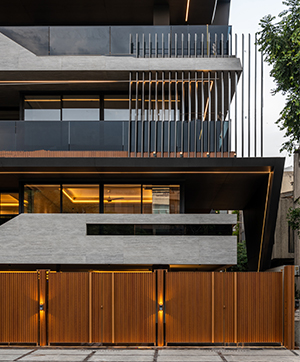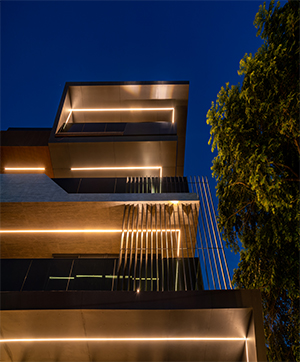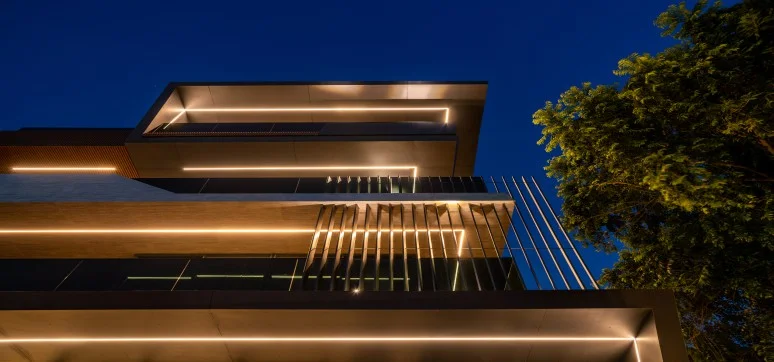The architectural landscape is poised for substantial changes in façade and fenestration design by the year 2050, driven by a growing emphasis on sustainability and energy efficiency. Anticipated developments include the crafting of façades that prioritize the efficient use of natural light while simultaneously minimizing heat retention. The incorporation of advanced fenestration systems, enriched with intelligent technologies capable of real-time adjustments to transparency and shading, will further characterize these transformations.
Furthermore, the integration of green elements into façades, exemplified by vertical gardens and plant-clad walls, is expected to gain prominence. Such enhancements will not only elevate aesthetic appeal but also significantly augment ecological performance. In addition, the architecture of the future may embrace interactivity, enabling real-time responses to user preferences and requirements, resulting in versatile and personalized environments.
FUTURE MATERIALS
 By the dawn of 2050, we can envision the ascension of sophisticated façade and fenestration materials onto the global stage. These avant-garde materials will place paramount importance on sustainability, endurance, and the optimisation of energy resources. Transparent photovoltaic arrays seamlessly integrated into window systems, self-purifying and pollutant-absorbing glass, and the proliferation of featherweight, high-tensile materials like carbon fibre composites may attain ubiquity within the industry.
By the dawn of 2050, we can envision the ascension of sophisticated façade and fenestration materials onto the global stage. These avant-garde materials will place paramount importance on sustainability, endurance, and the optimisation of energy resources. Transparent photovoltaic arrays seamlessly integrated into window systems, self-purifying and pollutant-absorbing glass, and the proliferation of featherweight, high-tensile materials like carbon fibre composites may attain ubiquity within the industry.
Intriguingly, biomimetic materials, designed to emulate the remarkable efficiency found in nature, such as aerogels & bio-inspired coatings, may experience a surge in popularity, further heightening the performance benchmarks for insulation & energy conservation within the built environment.
FUTURE TECHNOLOGIES

The trajectory of façade and fenestration technologies destined for 2050 likely centres on the enhancement of energy efficiency, user comfort, and sustainability. A proliferation of dynamic glazing technologies capable of real-time adjustments to transparency and thermal characteristics is expected to gain widespread acceptance. Concurrently, the integration of intelligent sensors and AI-driven systems will optimise natural illumination, airflow, and thermal regulation, resulting in substantial reductions in energy consumption.
To further bolster sustainability, there is a growing likelihood of the fusion of these technologies with renewable energy sources, exemplified by building-integrated photovoltaic systems, thereby rendering façades more self-reliant and ecologically responsible. Furthermore, the emergence of self-healing materials offers the potential to reduce maintenance demands, while cutting-edge digital interfaces are positioned to empower occupants with greater control over their indoor surroundings, nurturing an elevated state of well-being.














